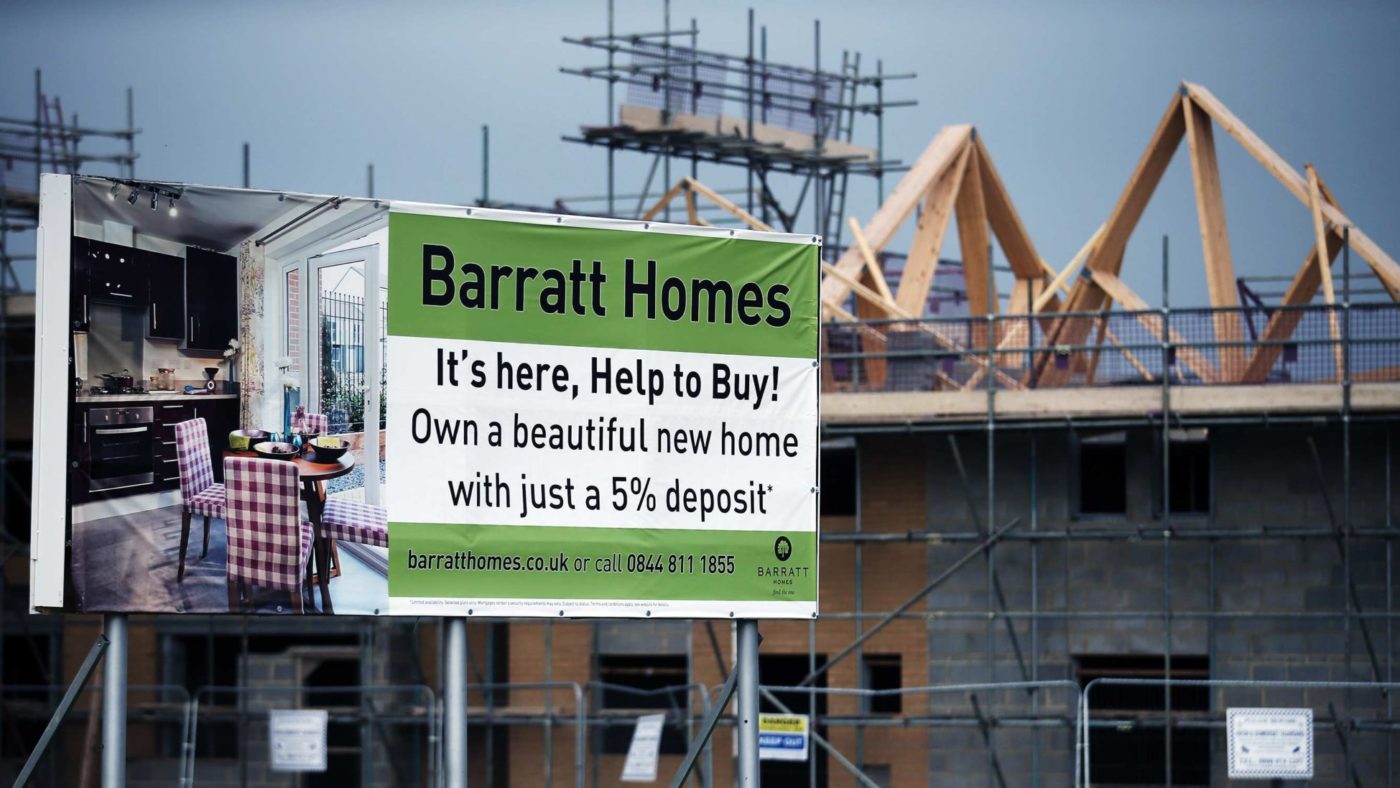George Osborne has achieved the miraculous – he’s managed to get the New Economics Foundation to say something half sensible on the subject of economics. The prompt for this momentous occasion? Help to Buy, quite possibly the worst policy of any British government in recent memory.
Let’s cast our mind back to the original idea, fittingly launched on April Fool’s Day, 2013. Briefly put, the Coalition government saw that Britain didn’t have enough houses and therefore they were too expensive. The idea of Help to Buy was that those who could not afford a deposit were lent money, interest-free for five years, by the government.
Obviously enough, this increased the number of people who could buy a home. Effective demand had risen and, yes, those graphs on the first couple of pages of the Econ 101 book are correct. Increased demand meeting static supply increases prices. The solution the Government hit on actually exacerbated the very problem it purported to be solving.
The later effects of this are, were, also predictable – that those who should probably not have been buying homes will get into trouble. And that is what has transpired, with the delinquency rate on these loans now some six times that of normal loans issued on the usual commercial terms.
Suffice to say, stoking demand is not the cure to a supply shortage – increasing supply is. This is where the usually awry New Economics Foundation has finally discovered a morsel of common sense. As the Telegraph reports:
Joe Beswick, head of housing and land at the New Economics Foundation think tank, said: “If the government is serious about solving the housing crisis at the upcoming Budget we need to see a major investment in supply – primarily in social housing – and a move away from policies which push prices up and don’t build homes.”
Where NEF goes wrong is in its habitual leftwing insistence that the new supply needs to be social housing – a term which is itself just a cuddly-sounding word for ‘state-subsidised housing’. The need the UK faces is simply for more houses in the right places – get that done and prices will start to fall.
As to how to gain more and cheaper houses, that’s easy enough. The last time the British economy produced the 300,000 houses a year it is claimed are now needed was in the 1930s, before the disaster of the Town and Country Planning Act 1947. The cure is simply to blow up the Act and its successors. Go back to a system which allows people to build houses people would like to live in where people would like to live. Build as many of them as people are willing to pay for.
There’s another way to make the same point. Land with planning permission is worth more than land without it. The price difference is – must be – as a result of not enough planning permissions being issued. There is no other possible explanation for it – British housing is expensive because government restricts the supply of it. Remove the supply restriction and housing will, at the margin, be priced the same way everything else is, at around the marginal cost of production.
Instead we are landed with the fallout from a Chancellor who thought the best response to a supply problem was to pump up demand – a policy so ludicrous that even the New Economics Foundation can see through it.
Click here to subscribe to our daily briefing – the best pieces from CapX and across the web.
CapX depends on the generosity of its readers. If you value what we do, please consider making a donation.


